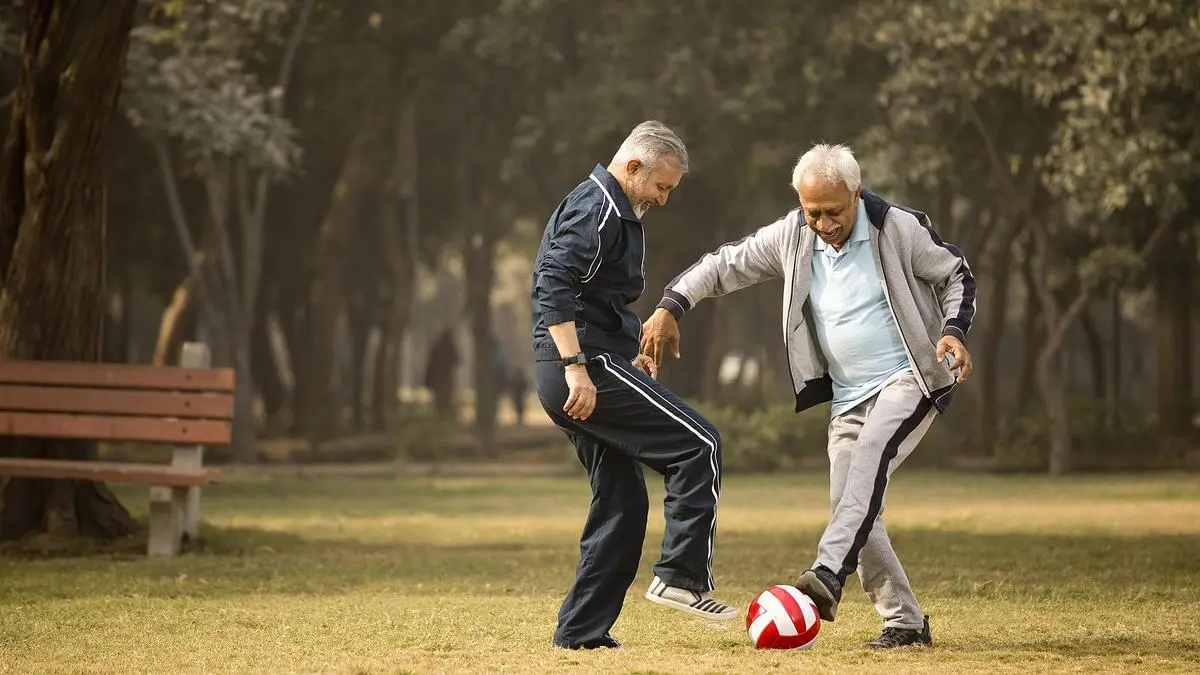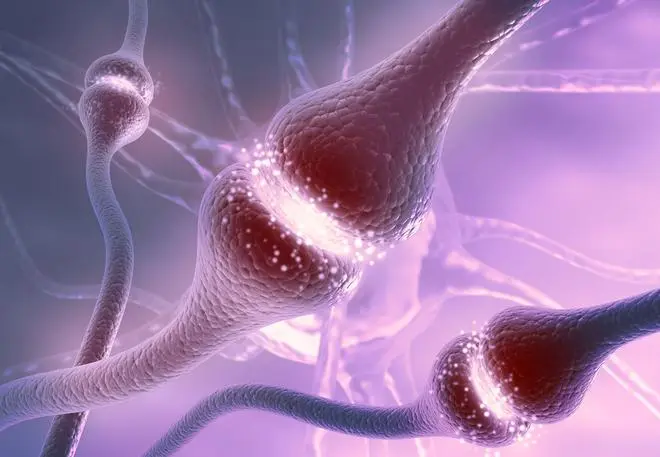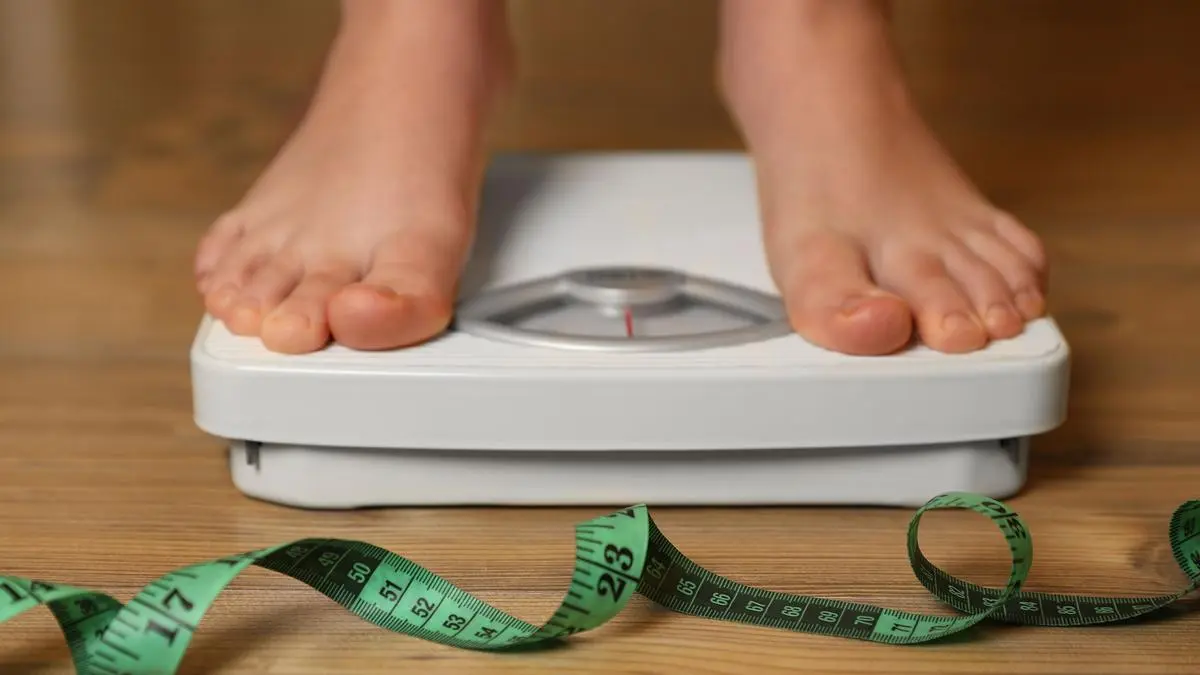For decades, body mass index (BMI) has been the primary tool for diagnosing obesity worldwide. BMI is calculated by dividing a person’s weight (in kg) by the square of their height (in metre).
BMI is often used as a quick screening tool to categorise individuals as underweight, healthy weight, overweight, or obese.
However, research shows that Indians develop type-2 diabetes and other obesity-related conditions at lower BMI levels, compared with Western populations.
Now, some Indian doctors have suggested new guidelines to classify and treat obesity. They have added important new dimensions to diagnosis, including waist size, ratio of waist to height, daily physical limitations, and related health problems. This approach better addresses the unique health risks that Indians face even at lower weights, compared with Western populations.
“All patients with BMI above more than 23 kg/m² are at risk for type-2 diabetes due to excess body fat,” says Dr Anoop Misra, Chairman, Fortis-CDOC Center of Excellence for Diabetes, Metabolic Diseases and Endocrinology. “But BMI alone doesn’t always reflect true risk. Conditions beyond BMI (abdominal obesity, obesity-related mechanical dysfunction and related diseases) are important to classify obesity in stages,” he adds.
In a recent paper, which examines the applicability of globally accepted BMI definition to India, Dr Misra and colleagues have suggested new guidelines to make obesity management more rational.
The new classification system begins with ‘stage 1 obesity’, defined as BMI above 23 kg/m² without noticeable effects on organ functions or limitations in daily activities.
Patients at this stage have normal blood glucose, blood pressure, and lipid profiles with no cardiovascular issues. The focus for these patients is implementing dietary and exercise interventions aimed at weight reduction to prevent the onset of obesity-associated diseases.
Stage 2 obesity represents a more advanced condition, characterised by increased fat — both general and abdominal. At this stage, there are limitations in day-to-day activities and co-morbid diseases.
According to the proposed guidelines, stage 2 obesity is BMI exceeding 23 kg/m² in addition to one of the following criteria: excess waist circumference (equal to or more than 90 cm for men, 80 cm for women) and excess waist-to-height ratio (more than 0.5).
Additionally, patients must have symptoms indicating limitations in daily activities such as shortness of breath or joint pain or obesity-related conditions such as type-2 diabetes.
The importance of assessing waist circumference is underlined by Dr R Bhuvaneshwari, a primary care physician with over 40 years of experience. “Fat cells in the abdominal wall seem to cause insulin resistance,” she says. She has observed that abdominal fat not only correlates with type-2 diabetes, but also reproductive disorders.
Varying treatments
The suggested guidelines recommend a nuanced approach to treating obesity.
For instance, in stage 1, lifestyle interventions include nutrition therapy, physical activity, and behavioural changes. These are typically sufficient. Pharmacotherapy may be considered for those at risk of progressing to stage 2. This will include patients experiencing substantial weight gain despite lifestyle measures, or with a BMI equal to or more than 27.5 kg/m².
For stage 2 obesity, patients often need stricter lifestyle changes, such as tailored dietary plans and regular physical activity. They may also require medical interventions like weight-loss medications. Surgery is also considered for a smaller subset of patients with co-morbidities or uncontrolled diabetes.
By moving beyond simple BMI measurements, the new guidelines view obesity as a complex condition requiring individualised treatment approaches rather than a simple weight classification.
(S Yasaswiniis a writer based in Guwahati)
SHARE
- Copy link
- Email
- Facebook
- Telegram
- LinkedIn
- WhatsApp
- Reddit
Published on March 23, 2025






